
Real estate is attracting more cash from institutional investors globally with those allocating at least U$1 billion growing in the past year.
In 2017, 422 investors were part of real estate’s ‘Billion Dollar Club’ but in 2018 that has risen to 499, a 13% increase according to industry analysts Preqin.
“The allocations of these investors now exceed $2.5tn, accounting for the vast majority of capital dedicated to the industry. It is striking that this figure has grown so much over the past year, and perhaps reflects a trend towards inflation-hedging and noncorrelated assets on the part of investors,” said Tom Carr, Preqin’s head of real estate.
The Billion Dollar Club comprises just 8% of active investors in real estate but with a total allocation of $2.5 trillion they hold 84% of total assets under management in the industry.
North American members of the club make up 34% of the global total with Europe taking a 47% share.
Public pension funds make up 28% of the club while insurance companies are the second largest group with 21%. Each accounts for 26% of aggregate allocations.
With opportunities for investment in real estate globally and across risk/return profiles, Carr believes there could be further institutional investors allocating $1bn+ to the sector.
“We may see more investors position themselves in anticipation of a market shift in the coming months and embrace real estate investments further, in which case the Billion Dollar Club could continue to swell,” he said.

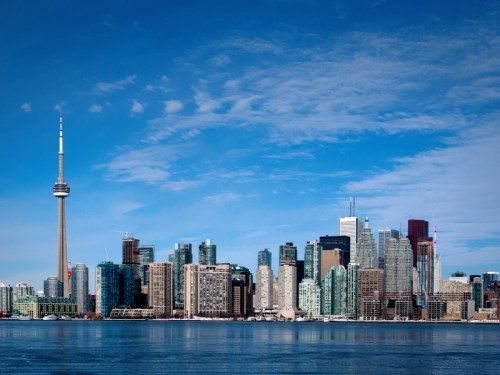

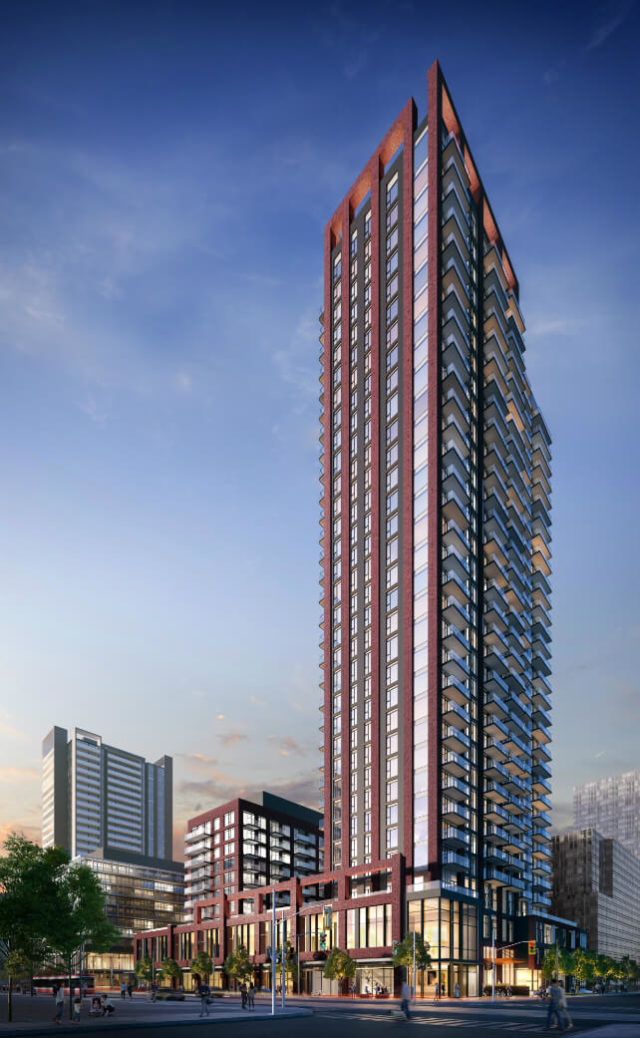
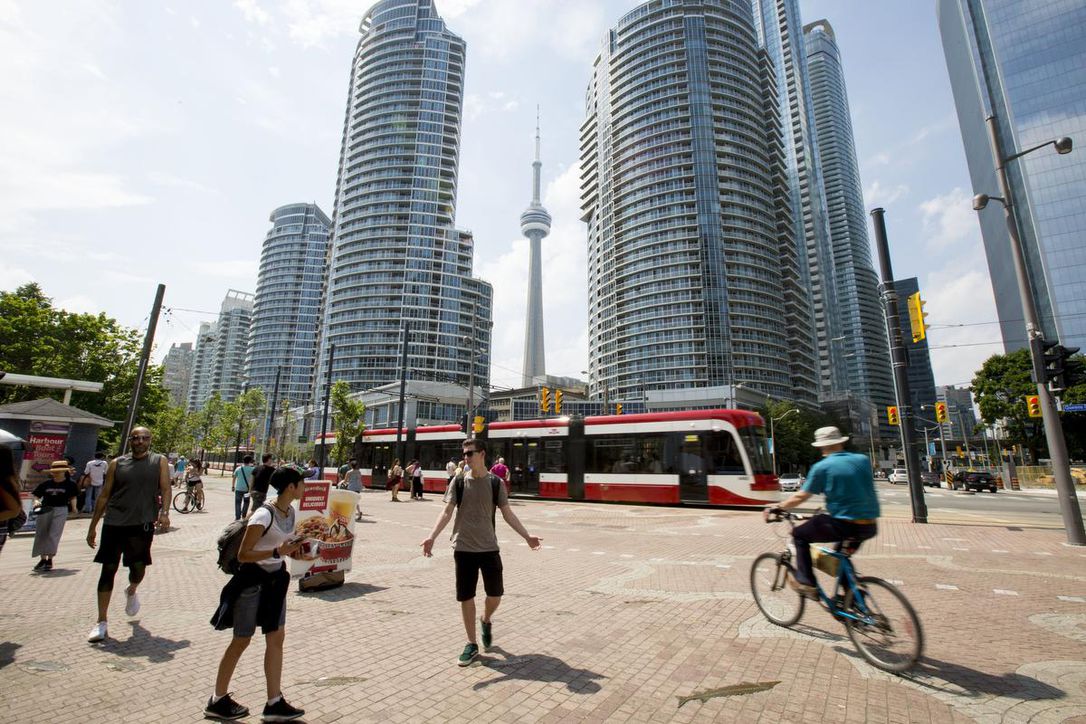
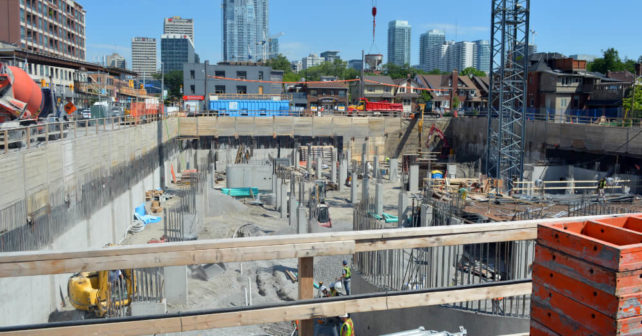
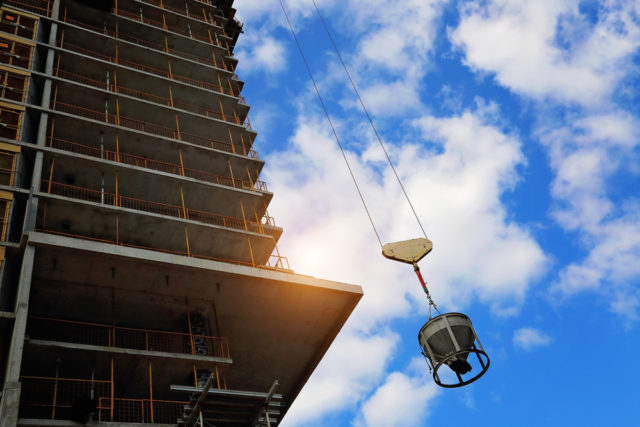
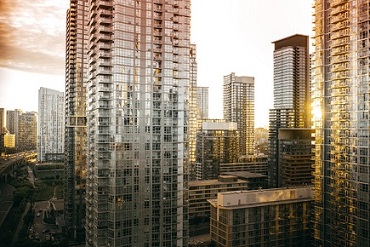
 Maziar Moini, Broker of Record - Home Leader Realty Inc.
300 Richmond St. W., #300, Toronto, ON M5V-1X2
Maziar Moini, Broker of Record - Home Leader Realty Inc.
300 Richmond St. W., #300, Toronto, ON M5V-1X2

